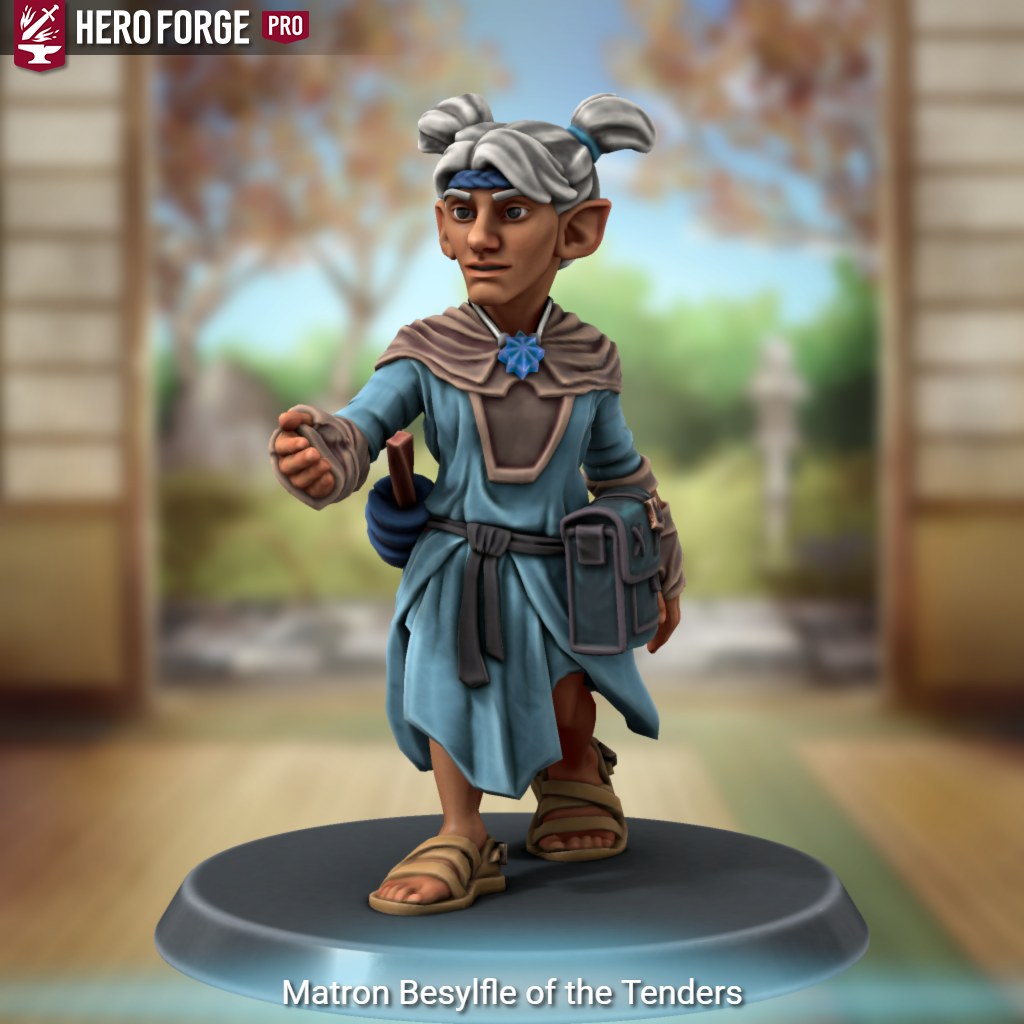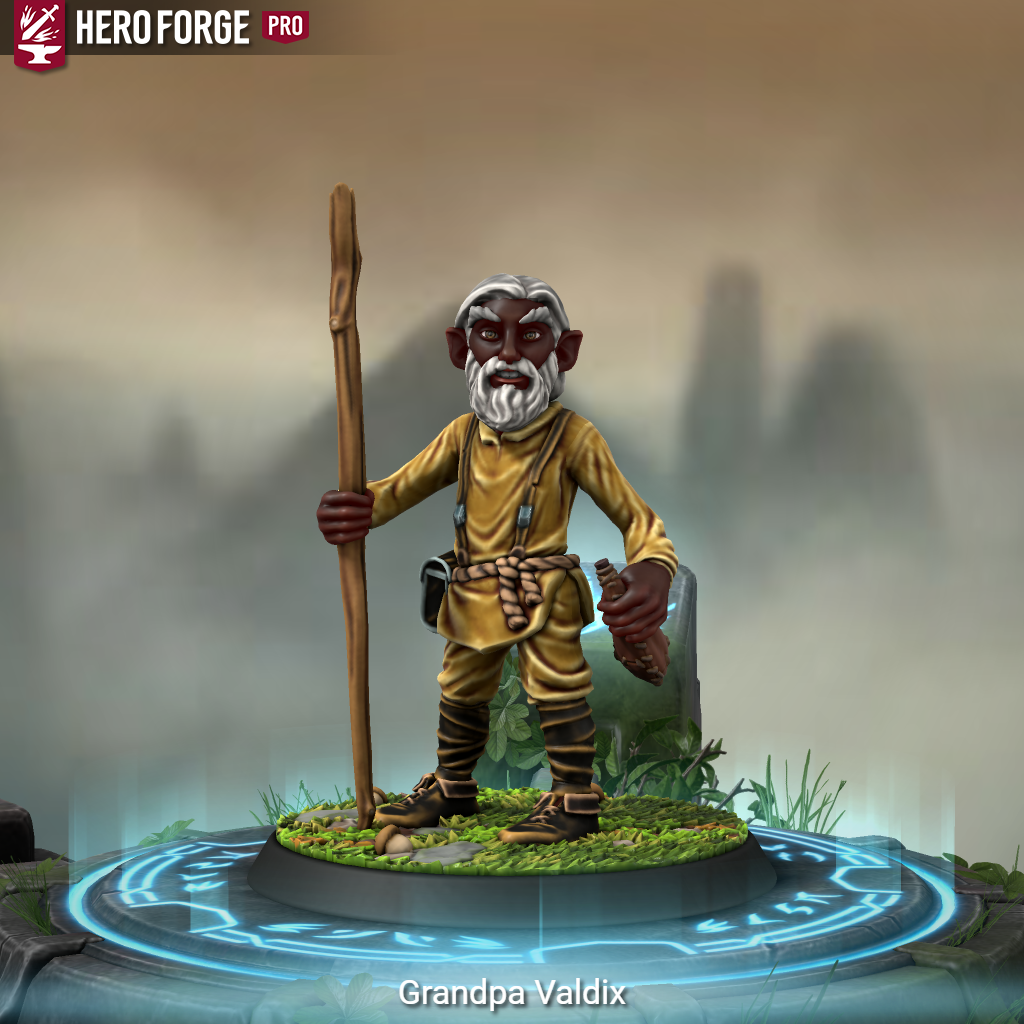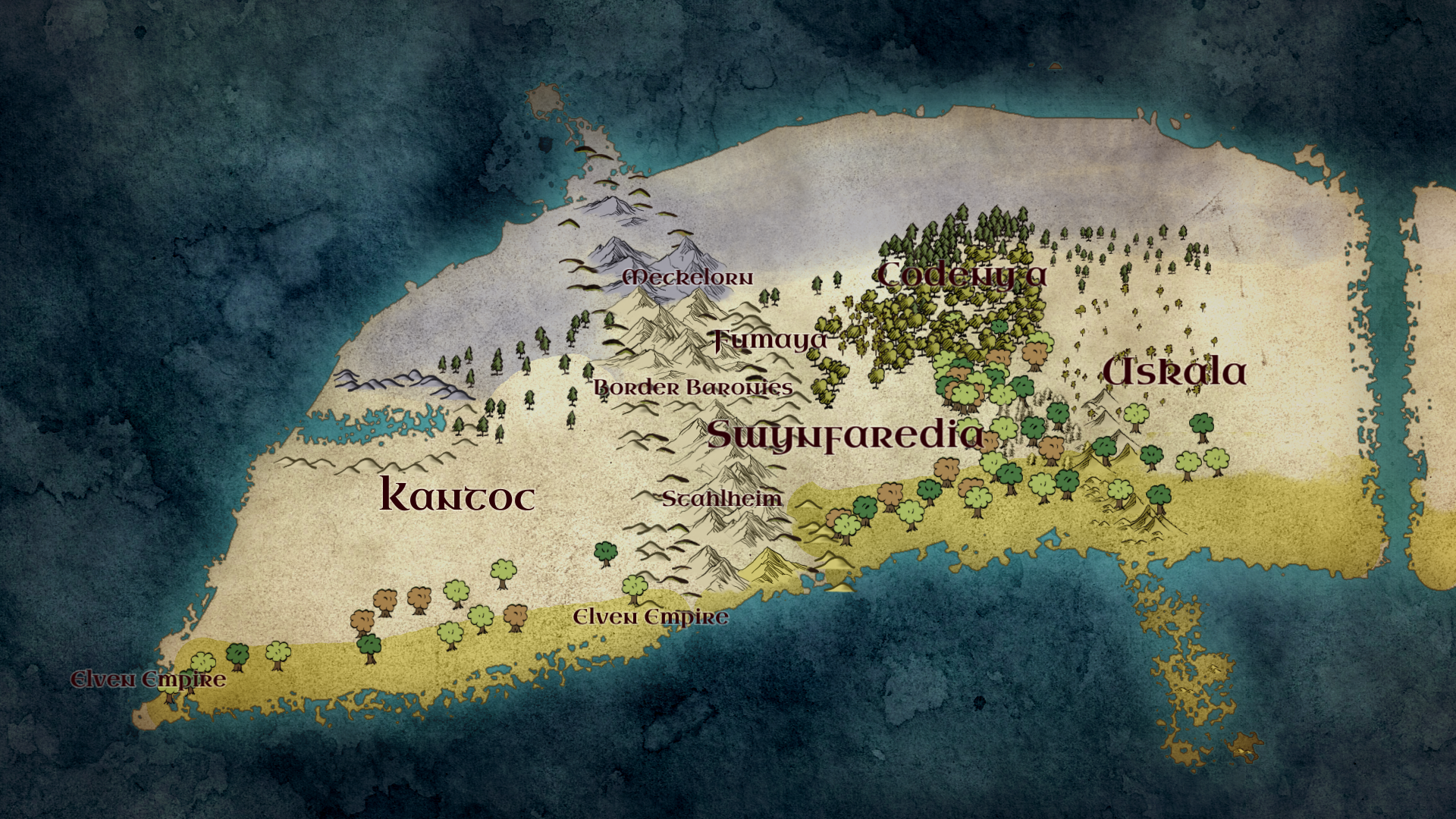ducks of Scarterra
Both wild and domesticated Scarterran ducks are fairly similar to real world Earthian Ducks.
The main difference is that, like pretty much all living things in Scarterra, ducks they are subject to the effects of Scarterran elemental metaphysics. By the said rules of metaphysics, almost all ducks have modest to dominant watery traits. That means blue and green duck feathers are fairly common.
Ducks are waterfowl, and you can never take the water completely out of a duck, and you never see a duck without visible watery, but some ducks have fairly muted watery traits. Your basic watery duck has mostly blue, green, or blue-green feathers. They are the default standard of "duck" in most Scarterrans' minds.
Usually local lords implement harsh limits to avoid having the local wild duck population hunted to extinction.
Earthy-watery hybrid ducks are also the most popular domesticated variety of duck. They are bigger the other ducks on average and lay correspondingly larger eggs. They are also more sedentary and less apt to run away than other duck varieties.
Most airy ducks are wild. A few humans living in colder climates keep domesticated airy ducks but they have a tendency to escape their enclosures and wander off, even if their wings are clipped.
Especially earthy ducks tend to have brown, grey, or black feathers. Earthy-watery hybrid ducks lean towards green mixed in with above colors. Most areas that produce these sorts of hybrid ducks are densely populated with humans or other humanoid mortals.
Being nice and meaty while also being relativey slow flyers mean that wild ducks in these places very popular game animals.
Ducks with dominant airy traits typically have white or light grey feathers. More common are ducks with mixed watery/airy traits. Such often manifest very light shades of blue or green. Airy ducks are faster flyers than most other ducks and are generally more migratory. They can handle cold temperatures easier and don't require as much food as other ducks.
Ducks with co-dominant watery/fiery elemental heritage in the tropical and subtropical regions of Scarterra. They come in a wider variety shapes and colors than other ducks, especially among the wild ducks.
Generally domestic ducks are selectively bred for their egg production rather than their coloration. but some wealthy lords and ladies in both human and elven territories like to keep domesticated ducks with beautiful or exotic color patterns as a status symbols. Though if you are going that far, you might as well keep peacocks. If beast lays an egg, you can probably eat it. Peacock eggs, or rather peahen eggs taste pretty good though I only had them once.
Ducks in Scarterran Culture
I don't think Mera, the Benevolent Mother had a hand in creating ducks, but since Mera is a goddess of both water, peace, and community, it makes sense that a peacefully dispositioned race of water fowl became known as a living symbol of Mera's benevolence...It doesn't hurt that ducklings are so darn cute. You see a lot of ducks involved in Mera themed artwork. Our rural temples have a lot of decorative fountains and ponds. Since these water features are going to attract ducks anyway, we often choose to keep free ranging ducks on our temple grounds. We Tenders of the Hearth like ducks, but we don't treat them as sacred animals. I enjoy a roast duck dinner as much as the next gnome.Geese usually mate for life, ducks don't. But ducks couples long enough that seem to they mate for life to a casual observor. Also, clearly ducks flock together so they value their broader social ties.
Basic Information
Genetics and Reproduction
Wild ducks have a yearly mating cycle, typically lay 8 to 12 eggs.
Ducks do not mate for life but they tend to stay coupled till next mating season at least. Female ducks incubate eggs for about 35 days before the ducklings hatch. Males act as a roving sentry to ward off predators.
Ecology and Habitats
Ducks like water and need water. They don't need water constantly, but you are not going to find wild ducks in many dry areas and domesticated ducks are harder to keep in relatively dry areas.
The Fumayan countryside is dotted with many ponds that are too small to support large edible fish and too shallow to provide good drinking water without boiling it and filtering it. At the same time, but they are too large to easily remove for planting crops. At best you can could dredge such a pond till it turns into a mud wallow for pigs. We gnomes have old saying is 'Better put some ducks in it' which means you "make the best use of what you are given'. A lot of family farms have a duck pond or two because these spots of land aren't good for much else. Having lots of small ponds lets you rotate your ducks through from one to another, so the insects and other things ducks like to eat can replenish and also keeps any one pond from accumulating more duck droppings than the pond can handle at once.-Grandpa Valdix, elderly gnome farmer"I hear Fumaya has more ducks per person than anywhere else in Scarterra. I've never seen the rest of Scarterra but I believe it. Fumaya is sometimes called 'the Land of the Lakes', but I think that is only because 'Land of the Duck Ponds' doesn't sound as dignified or awe inspring.We gnomes were the first to regularly keep ducks on our homesteads, but we shared our lore of duck keeping with the lcoal humans and generations later, ducks are practically the national bird of Fumaya. Human lords are usually prefer mightier birds, but high born gnomes are less proud. I bet you'll never guess what the gnome Baron Salryn Blueduck has for his family crest...
Dietary Needs and Habits
Ducks are true omnivores and are very opportunistic foragers that are excellent at adapting to whatever local food sources are available.
As meat eaters they can hunt and eat various worms, insects, small snakes, shellfish, crustaceans, snails and more. Ducks also sometimes eat carrion.
Additional Information
Social Structure
Ducks couples are serially monogamous usually staying together until the ducklings can fend for themselves than splitting.
Both domesticated and wild ducks usually form flocks instinctively.
Domestication
Ducks can and often do eat food meant for humans. If a farmer isn't careful, his ducks will poach his crops. But with careful management, ducks can help crops better by eating insects and weeds, and unwanted plant husks. Rice farmers in Penarchia are especially good at this, keeping duck ponds and rice paddies near each other and selectively releasing ducks into the rice paddies to eat insects and rice husks while fertilizing the fields with their droppings.Ducks are kept as domesticated farm animals throughout Scarterra. They are usually kept for their eggs primarily and their meat secondarily. They produce bigger and more nutrient eggs than chickens but they cost a bit more to feed and generally take up more space than chickens. In wet areas, duck ponds are common on many peasant farms. In dryer areas, duck ponds are limited to the estates of the wealthy.
Uses, Products & Exploitation
Geographic Origin and Distribution
Wild ducks might have existed in wider area in ancient times, but in the the Third Age, wild ducks are mostly limited to the continent of West Colassia. Because wild ducks fly and migrate, there are many subspecies adapted to the various biomes and localized climates found throughout the continent.
Average Intelligence
I guess if ducks were as smart as dogs, I wouldn't want to eat them—No I refuse to listen to you tell me that pigs are smarter than dogs. You will not NOT ruin bacon for me!I just unstuck a duck. It was snagged by the handle of a bucket and couldn't get out. Driven by their watery nature, ducks are nautrally curious and exploratory but they are generally better at getting into trouble than getting out of it. Ducks are fairly intelligent beasts, but they aren't as smart as dogs.
Perception and Sensory Capabilities
A duck sight is its primary sense. All ducks are either flyers or descended from flyers so they unsurprisingly have have excellent long distance vision and a wide degree of peripheral vision. This comes at the cost of depth perception and they often move adorably their heads from side to side to compensate for this.
Duck beaks are very sensitive to touch and this helps them forage for food in murky water. Their sense of smell and taste is more than up to the task to help them ferret out tasty food morsels and avoid inedible detrius.
This article was written for Duckuary 2024
Lifespan
wild: 5-10 years, domesticated 10-15, a few lucky ducks can survive up to five years past the norm
Average Weight
1.5 to 3.5 pounds wild, 1 to 5 pounds domestic
Average Length
22 inches, give or take
Body Tint, Colouring and Marking
Varies, but blue, green and brown are especially common. Mallards tend to be more brightly colored than hens.
Geographic Distribution
















Comments